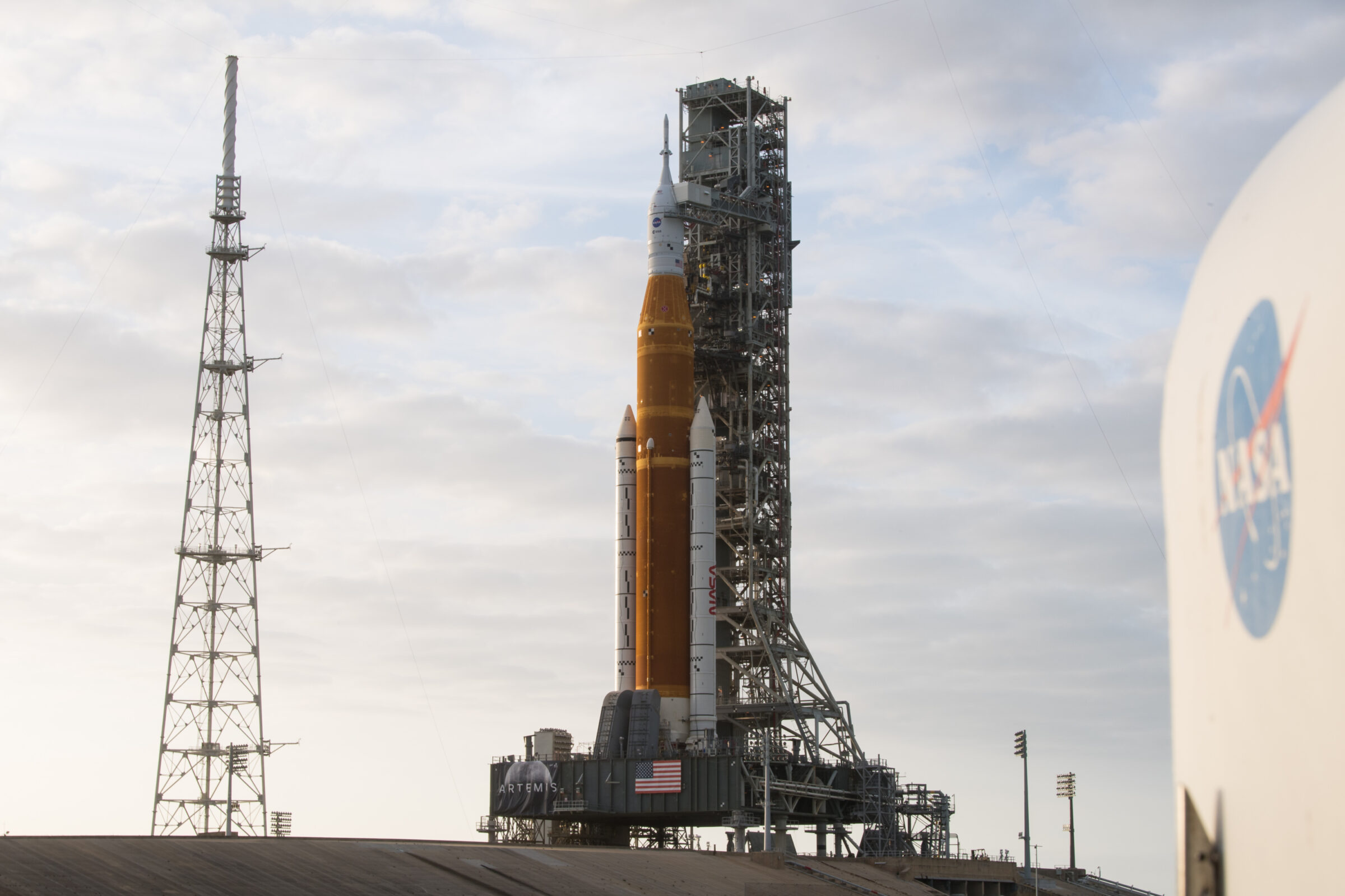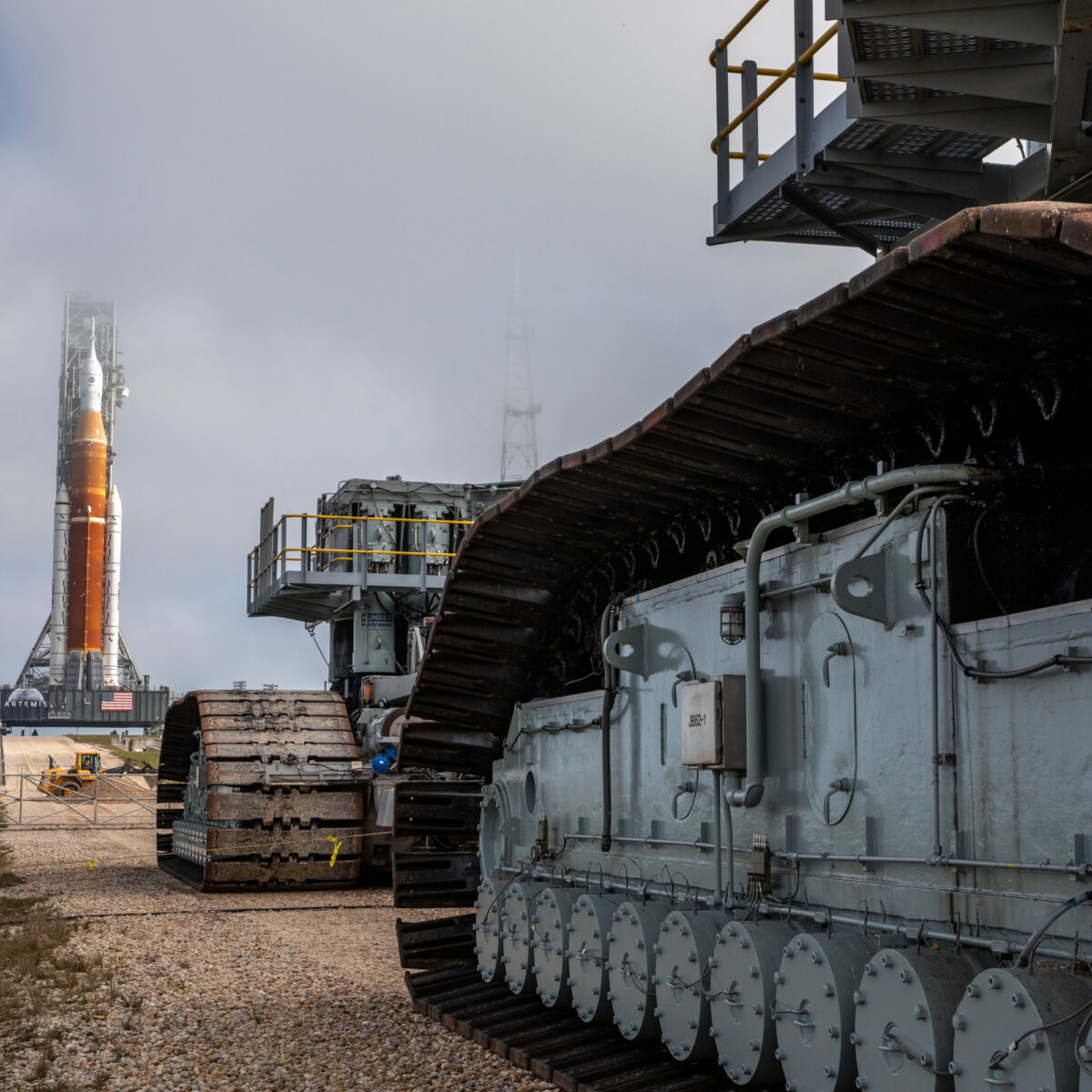Rae Paoletta • Nov 15, 2022
NASA’s Artemis I mission has successfully launched
We have liftoff!
Today, Nov. 16, NASA successfully launched its Artemis I mission, marking the first of several missions the agency has planned to return humans to the Moon.
Artemis I lifted off from Kennedy Space Center’s Launch Pad 39B in Cape Canaveral, Florida at 1:47 a.m. EST. NASA’s Orion spacecraft and the Space Launch System (SLS) rocket blasted toward space with a thrust of about 39 million newtons (8.8 million pounds).
If all goes according to plan, it should take the uncrewed Orion spacecraft less than ten minutes to reach its initial orbit around Earth. After Orion separates from the SLS upper stage, the upper stage will deploy 10 CubeSats one by one, including a solar sail called NEA Scout, which collaborates with The Planetary Society’s LightSail 2 mission.
Orion will then spend a few more days traveling toward the Moon before going about 64,000 kilometers (40,000 miles) beyond it.
Orion’s 42-day voyage will culminate with the Orion spacecraft splashing down into the Pacific Ocean off the coast of San Diego, California, where it will be towed to the well deck of a U.S. Navy ship. Different components of the SLS will fall into the ocean at different stages of the mission, first in the Atlantic, then in the Pacific. No SLS parts will be reused.
Though the Artemis program has been tested by economic, political, environmental, and engineering challenges, today’s long-anticipated moment was well worth the wait.
“Today’s launch is a historic achievement,” our CEO Bill Nye said. “The Artemis Program will help a new generation of explorers reach the Moon and beyond. It will inspire people around the world.”

The Artemis program was officially created in 2017 under the Trump Administration, though elements of it (like Orion) were developed even before then. Despite President Trump losing his reelection bid in 2020, in February 2021, Biden announced his administration’s support for the project.
In late August, NASA officials scrubbed two launch attempts due to various issues that appeared during their respective launch windows, including molecular hydrogen leaks. Then, in September, Artemis I was rolled back to NASA’s Vehicle Assembly Building (VAB) to protect it from Hurricane Ian, which caused widespread damage throughout Florida. While Artemis was able to weather that storm, the SLS sustained some minor damage from Hurricane Nicole in November 2022.
Despite all these complications, today, Artemis I finally got to fly. As we wait for Orion to reach the Moon, the countdown for Artemis II is already underway: NASA is currently targeting a May 2024 launch, marking the first crewed mission in the Artemis program.
There’s still much work to be done, but for now, we congratulate everyone who helped today happen. Ad lunam!
Why we have the SLS
The SLS rests on a secure foundation of political support, a consequence of the U.S. framework of representative democracy and discretionary funding.
The Time is Now.
As a Planetary Defender, you’re part of our mission to decrease the risk of Earth being hit by an asteroid or comet.
Donate Today

 Explore Worlds
Explore Worlds Find Life
Find Life Defend Earth
Defend Earth


